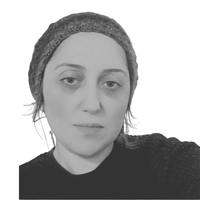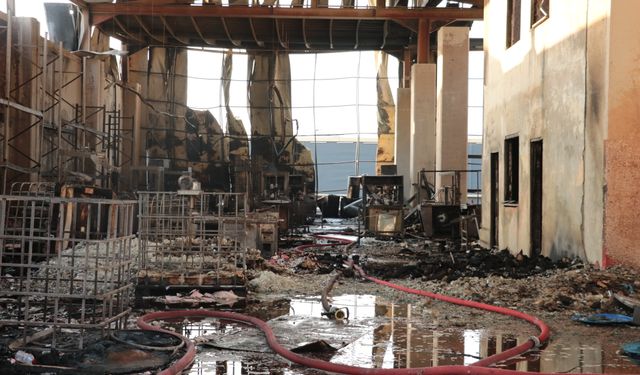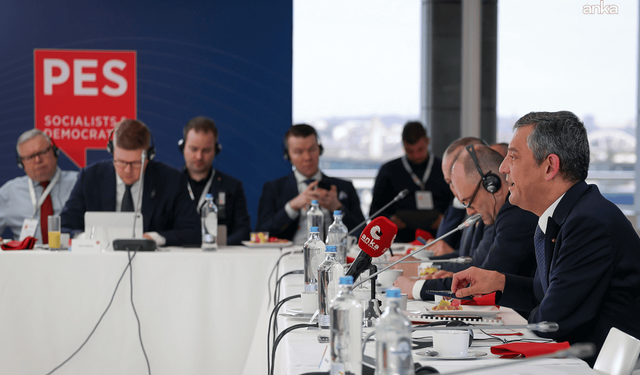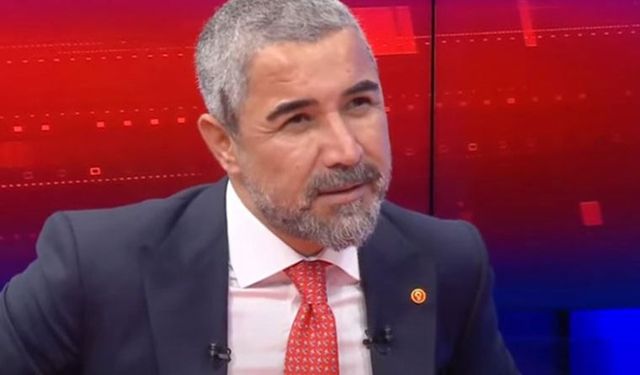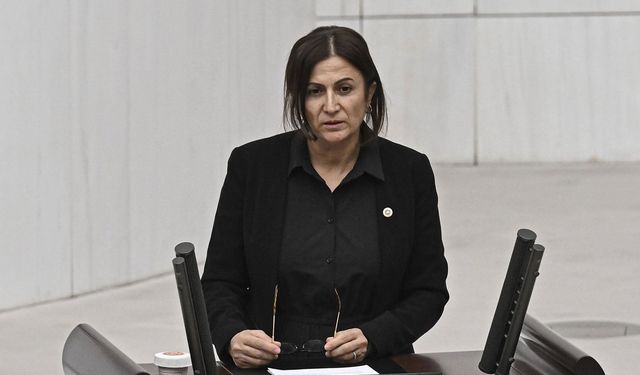Following publication of "Women Journalists in Local Media Report" by Media Research Association, the researchers from MEDAR's research team were joined by Coalition for Women in Journalism representative and were hosted by journalist Sibel Hürtaş in a TV program to discuss the findings of the report as well as potential solutions to the detected problems.
Media Research Association’s (MEDAR) Field Researcher Dilek İçten, MEDAR Research Director Yunus Erduran and Coalition for Women in Journalism (CFWIJ) Middle East Coordinator Damla Tarhan have discussed the struggles faced by women journalists in local media and talked about the solution suggestions, under moderation of Journalist Sibel Hürtaş. The discussion was based on the research carried out by İçten and Erduran: “Women Journalists in Local Media”.
108 CASES IN 2021
CFWIJ Middle East Coordinator Damla Tarhan shared the data collected by CFWIJ on the acts of violence against the women journalists. According to the data, while 68 cases were recorded in Turkey throughout 2020, 108 cases have been recorded from the beginning of 2021. “The majority of cases consist of lawsuits. Turkey ranks first in the lawsuits filed against women journalists,” said Tarhan, and added “the rates of police violence against women journalists is also higher this year.”
“WOMEN JOURNALISTS ARE CONSIDERED INCAPABLE OF DOING THEIR JOB”
MEDAR Field Researcher Dilek İçten talked about the obstacles women journalists come across during the job interviews. Women journalists, especially the ones working in local media, are usually asked about their marital status or if they have any children. “These kinds of questions are not asked to male applicants and women are considered incapable of doing their job, ” İçten commented. Aside from that, the ones who manage to find a job are faced gender-based discrimintion in their workplace, İçten stated. “Women journalists work in all areas of the office and are crushed under the disproportionate workload. At some point, they are even held responsible for making tea and coffee, and cleaning the office; works that are assigned to women based on gender roles,” she said.
“COMMUNICATION CHANNELS ARE ABUSED”
“Security concern is a major problem for women journalists. If the person they are going to interview is a man, they go there full of anxiety,” Damla Tarhan stated. Tarhan also added that some women journalists publish their articles anonymously due to the anxiety they experience and protect themselves from harm. “Women journalists who work so hard, become invisible,” she added. In addition to that, Dilek İçten shared the findings of the “Women Journalists in Local Media Report”, which discloses that the major threat faced by women journalists is gender-based harassment and violence from their colleagues, the news sources and the audience. “Communication channels are abused. The phone numbers of women journalists in local media spread in the city and they recieve messages in the middle of the night,” İçten said.
“WE WANT TO DO OUR JOB”
MEDAR Research Director Yunus Erduran stated that there is a family formation in local media organisations which are less institutionalised. He argued that this kind of formation can help women journalists to solve their problems since some of them have a brother-sister relationship with the people they work with. On the other hand, that formation can be an obstacle for women when they want to perform their job. “When a woman journalist establishes her identity, as a woman, as a journalist, and as a ‘woman journalist’ she should be supported and encouraged”, Erduran said. In a similar manner Journalist Sibel Hürtaş said: “Women journalists are not allowed to break their shells professionally. We just want to do our job.”
WHAT SHOULD BE DONE?
MEDAR Research Director Yunus Erduran and MEDAR Field Researcher Dilek İçten discussed the primary steps that should be taken to resolve the problems argued in the report. Erduran emphasized the importance of representation. “Even though there is not any initiative taken in local media to increase the number of women in the management positions, there is such a need,” Erduran said. In addition to that, both of the researchers stated that the legal regulation is a must. “No matter how much representation of women increases, women will always remain as a minority unless there is a legal infrastructure that is based on gender equality in local media organizations,” İçten said.




